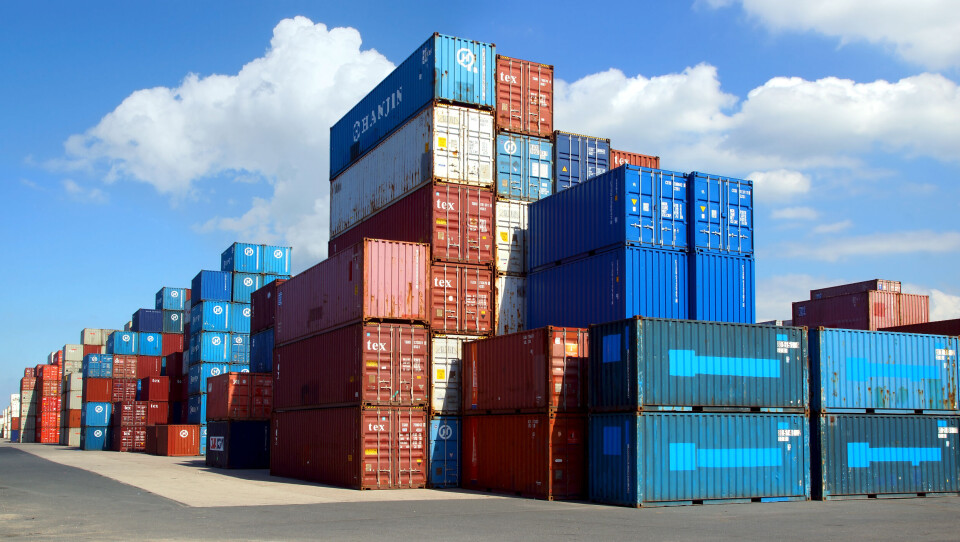-
Strikes and protests in January 2026 and how you may be affected
Doctors, rail staff, and farmers are all taking action
-
Good news as lower electricity bills confirmed in France
The change is not a ‘revolution’ but will give some purchasing power back, minister says
-
French ski resorts report excellent Christmas despite less snow than last year
Bookings are up and non-snow related activities are also on the rise
France recorded its largest ever trade deficit in 2021, say Douanes
It now has the lowest net exports in Europe, following years of deindustrialisation and an aviation and tourism industry severely affected by Covid

France recorded its lowest net export figures in its history in 2021, amid soaring energy prices and a decades-long movement towards deindustrialisation.
Net exports (also known as the trade balance), refers to the difference between the value of a country’s exports and imports over a given period of time.
While France’s economy grew at its fastest pace in 52 years in 2021, creating a surge in jobs, the difference between the value of France’s exports and imports reached €84.7billion (3.4% of GDP), the country’s Douanes (customs) service has announced.
Read more:French economy grew 7% in 2021: fastest rate in 52 years
In 2020, the trade deficit had already been €64.7billion, but last year it even beat the 2011 record of €75billion.
Although France does export flagship goods including Airbus and Rafale planes and luxury handbags, in general it imports a lot more than it exports.
In 2021, the trade deficit was aggravated by the sharp rise in energy prices and raw materials, which has made it more expensive to produce and to import goods.
The trade deficit can also be attributed to the gradual deindustrialisation of France’s business sectors. While manufacturing made up 23% of GDP in 1980, it now constitutes 13.5%, below the European average of 19.7%.
In deficit for the past 20 years, France now has the lowest net exports in Europe.
Germany, for example, has a trade surplus of around €200billion. Italy also has a positive trade balance.
Since the beginning of the 2000s, German industry has been undergoing significant market and workforce reforms, making it a more competitive exporter on the world stage. France, meanwhile, opted to produce more expensive products which cost a lot to make.
The proportion of French goods and services in Europe’s total exports fell from 17.9% in 2000 to 14.4% in 2017, after which it stabilised for a couple of years before falling again in 2020 to around 13.5% today.
“The loss of its part in the market continues in 2021,” the Douanes stated. “The sectoral specialisms of France’s export market, which is very much oriented towards sectors particularly affected by the Covid pandemic (aviation and tourism) helps to explain our added vulnerability to the crisis when compared to other exporting countries.”
Persistently high energy and raw material prices mean that France’s trade deficit is not expected to improve over the course of 2022, but President Emmanuel Macron aims to recover an equal trade balance within the next 10 years.
Minister Delegate for Foreign Trade and Economic Attractiveness Franck Riester said that to “sustainably straighten out our international trade, our strategy is clear.
“[We will] pursue our policies on competitiveness, accelerate reindustrialisation, put a more durable and solid commercial policy in place and continue to guide our small and medium-sized businesses on the international market, to construct the balance of trade of tomorrow.”
Related articles
Future of Calais-Sheerness freight shipping route hangs in balance
Historic French shoe brand Paraboot struggles to meet Instagram demand
























